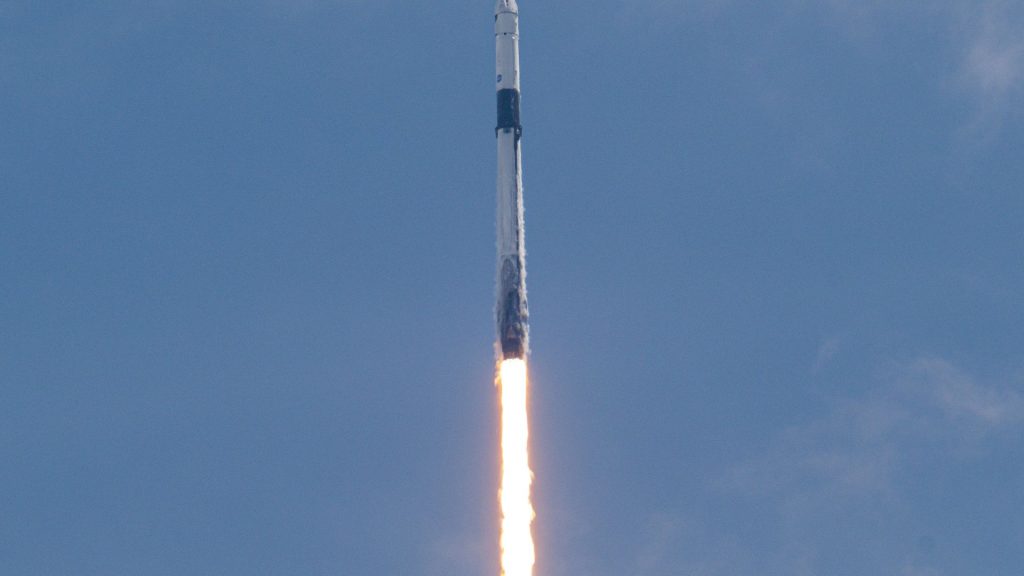Musk’s SpaceX launches secret military space shuttle

A United States military mini shuttle launched Thursday night to conduct unspecified experiments in space. SpaceX powered the launch from Cape Canaveral in Florida.
Latest launch
The SpaceX Falcon 9 rocket launched the U.S. Air Force X-37B spaceplane into low Earth orbit.
“As we continue to set the pace for space, I am incredibly proud of our team’s professionalism and persistence supporting this launch,” Col. Brian Chatman, Space Launch Delta 45, said in a statement. “X-37B continues to prove itself as a premier testing platform aiding in experiments to better understand our future in space.”
Space Force said this ship is capable of conducting a range of tests and experiments to expedite the development of next-generation technologies. There’s also a focus on operational concepts for reusable space capabilities.
“These experiments, X-37B itself, and Space Launch Delta 45’s ability to perform fast, flexible launches all play crucial roles in bolstering our resilience and enhancing our ability to swiftly adapt to the challenges in space of today and tomorrow,” Chatman said.
Launch goals
While many parts of this mission are classified, at least one of the goals is to demonstrate how future spacecraft can navigate without relying on GPS signals.
GPS signals can become targets for jamming, especially in war zones.
“Whether navigating beyond Earth-based orbits in cislunar space or operating in GPS-denied environments, quantum inertial sensing allows for robust navigation capabilities when GPS navigation is not possible,” Col. Ramsey Horn, Space Delta 9 Commander, said in a statement. “Ultimately, this technology contributes significantly to our thrust within the Fifth Space Operations Squadron and across the Space Force, guaranteeing movement and maneuverability even in GPS-denied environments.”
Among the other experiments and tests are next-generation technologies like laser communications and quantum inertial sensor testing.
“OTV [Orbital Test Vehicle]-8’s laser communications demonstration will mark an important step in the U.S. Space Force’s ability to leverage proliferated space networks as part of a diversified and redundant space architectures,” Gen. Chance Saltzman, Space Force Chief of Space Operations, said in a statement. “In so doing, it will strengthen the resilience, reliability, adaptability and data transport speeds of our satellite communications architecture.”
Previous missions
This launch follows several other military space launches, including the most recent Mission 7, which came to an end in March. That was also the first use of SpaceX in these missions.
The 434-day mission ended with the spacecraft touching down in California.
Among the tests for that mission — aerobraking. That’s described as a fuel-efficient way to change a spacecraft’s orbit.
These flights began back in 2010, and the Pentagon has rarely disclosed much information about them.





